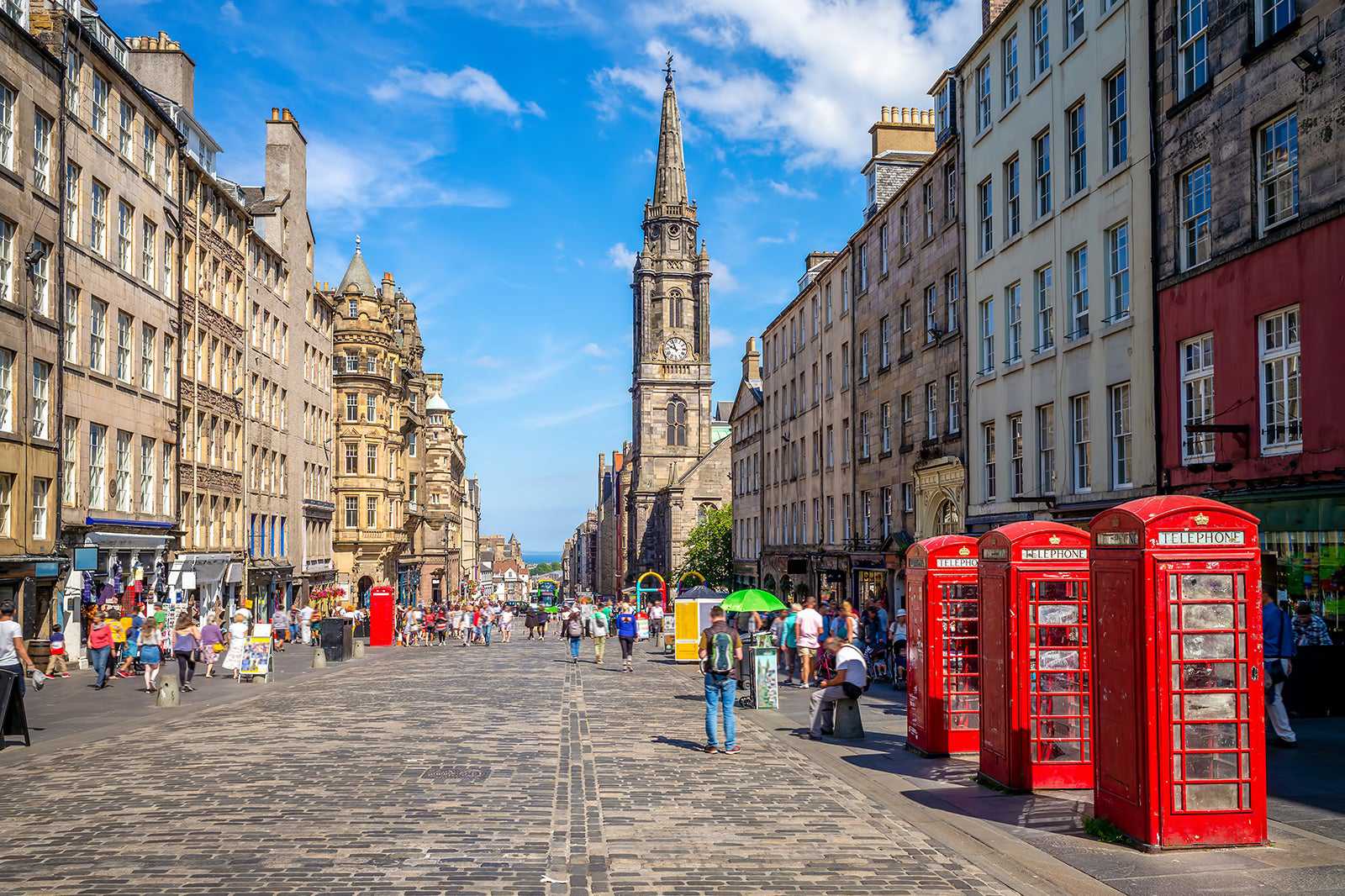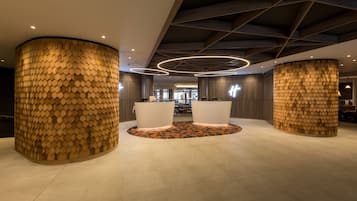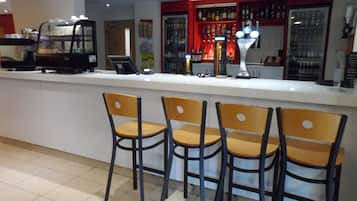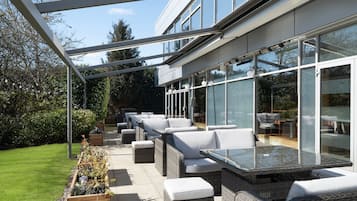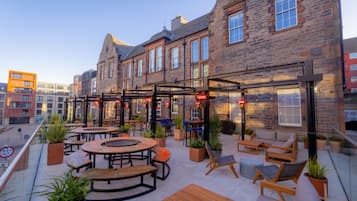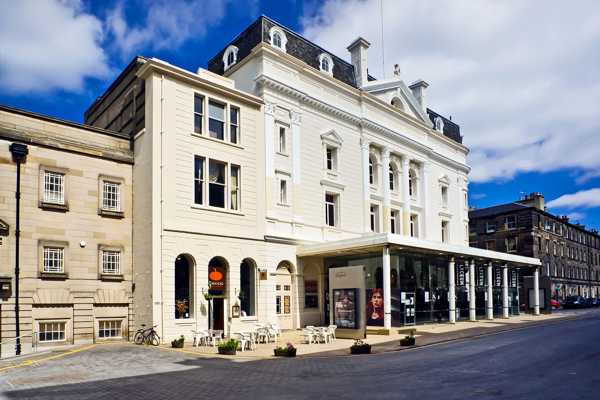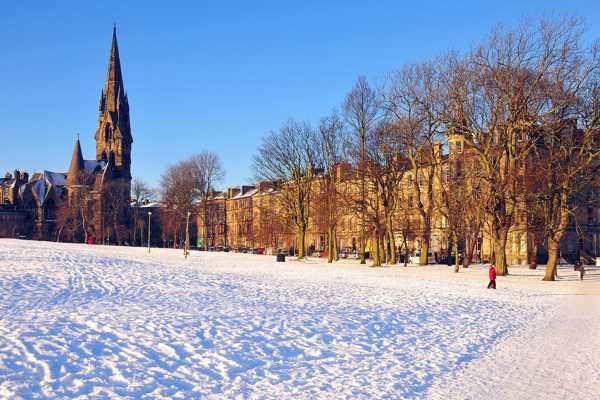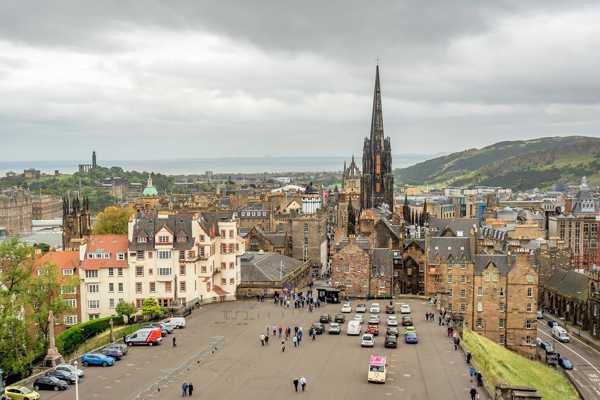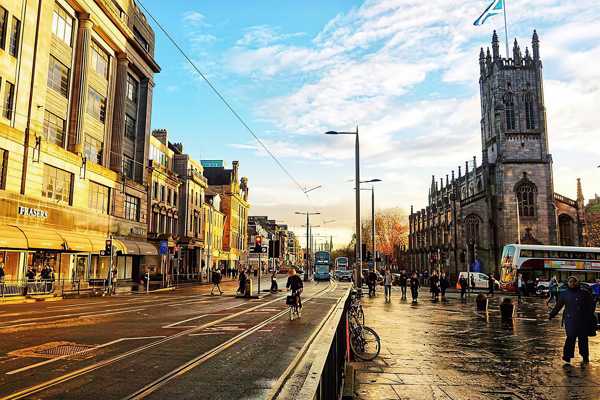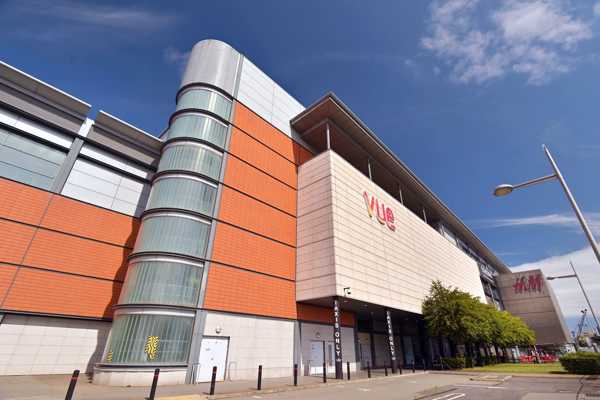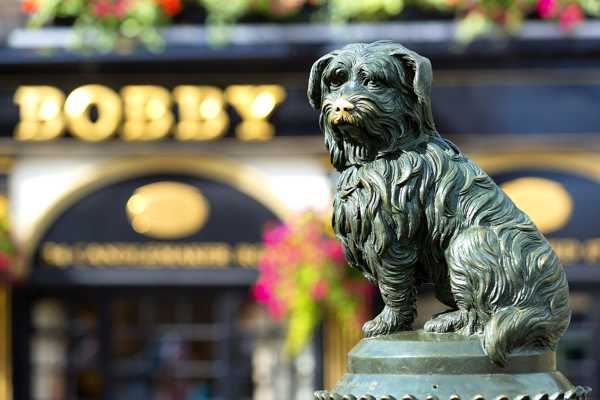Edinburgh’s West End edges into the city’s UNESCO World Heritage site that also includes the neighbourhoods of New Town and Old Town. Today, 21st-century architecture vies for attention beside Georgian and Victorian terraces. It says much about Edinburgh’s residents and civic leaders that they’re both equally valued and appreciated.
Today, the West End is known for its independent boutiques, trendy bars, and one-off restaurants, though it’s not so snobby as to banish the chains. The area is a focal point for the arts too. Usher Hall, the Royal Lyceum, the Traverse Theatre and the Filmhouse all fall within its boundaries.
The Exchange, the city’s financial district, is also part of the West End. This is where you’ll find big names like Bank of Scotland and Standard Life a stone’s throw from the Edinburgh International Conference Centre. Meanwhile, foreign consulates and firms of accountants, solicitors and surveyors occupy more modest office premises overlooking leafy garden squares.
West End in Edinburgh - one of the highlights of 10 Most Popular Neighbourhoods in Edinburgh (Read all about Edinburgh here)
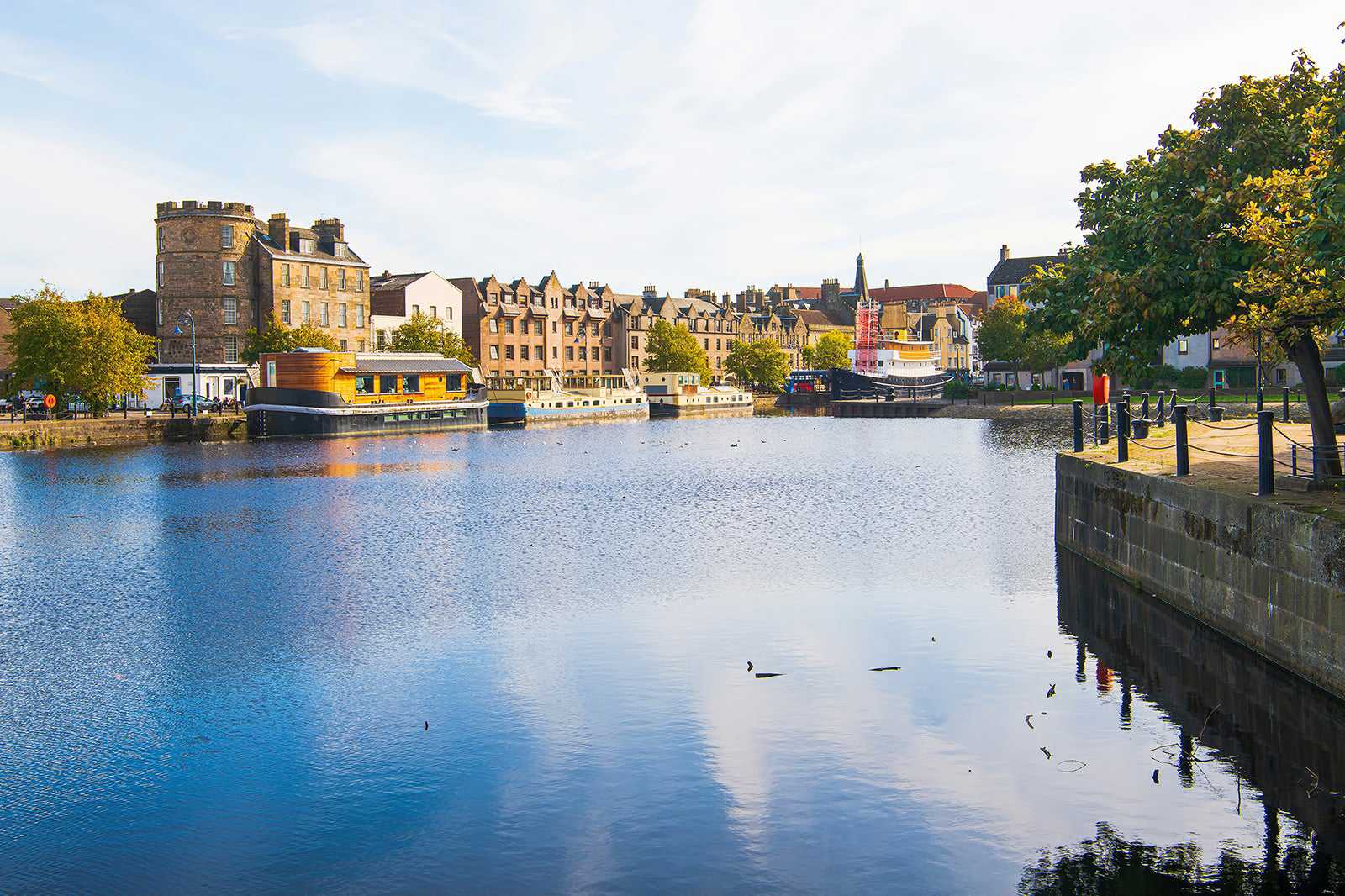
A brief history of the West End area
Prolific and well-renowned architect James Gillespie Graham laid out a plan for the area in 1813. A developer called William Walker oversaw the construction of roads such as William Street and Walker Street, which unimaginatively borrow his name. The former hosts a particularly well-preserved row of Georgian storefronts, popular with location scouts. Note their cast-iron balconies, whose function was to enable shoppers to get close enough to browse through the windows.
When Walker's spinster daughters inherited the estate, they put up the land and the money to build St Mary’s Episcopal Cathedral, now one of the West End’s best-known landmarks. Sir George Gilbert Scott, who was also responsible for London’s St Pancras Station, designed it. It took 6 years to complete the cathedral, which opened in 1879. However, the sisters’ budget could only stretch to one spire – they added the other 2 that we see today in 1917.

The West End’s other unmissable landmarks
The Waldorf Astoria, previously known as The Caledonian, started life in 1903 as a railway hotel, albeit one serving the luxury sector of the market. Locals affectionately still refer to it as The Caley. Take afternoon tea in the hotel’s glamorous Peacock Alley restaurant and you’ll be able to admire the former station clock, kept as a décor piece.
The quirky Drumsheugh Baths are home to the city’s oldest private swimming club. While you need to be a member to take a dip, anyone can appreciate the Moorish-influenced arches that adorn the building’s exterior. They’re a stone’s throw from the Water of Leith trail and bucolic Dean Village, where Edinburgh’s mills stood. The Dean Bridge links the 2 districts. Scottish engineer Thomas Telford designed it, and it opened in 1831. The bridge features 4 arches that soar high above the water.
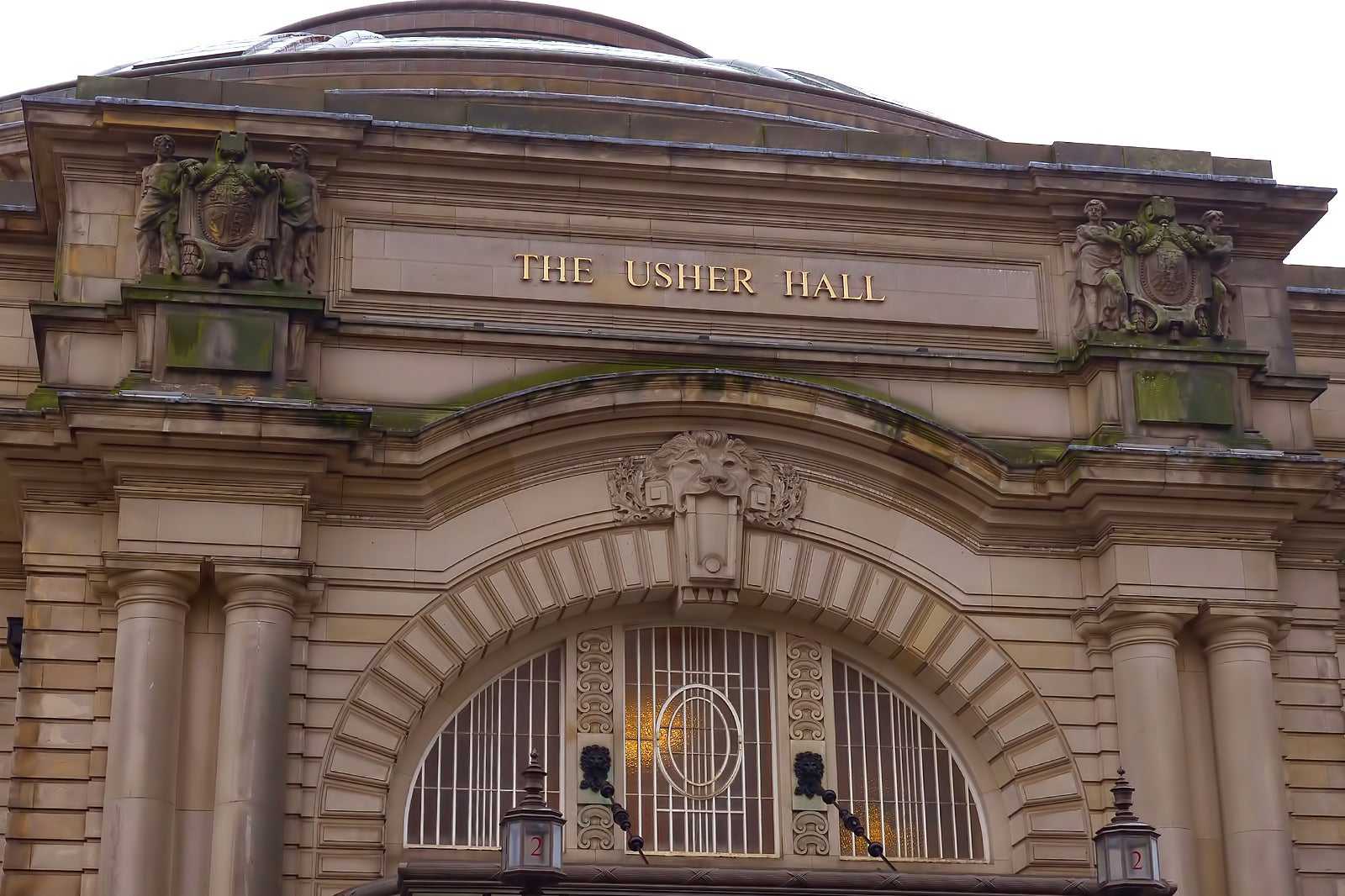
What are good things to know about the West End?
Edinburgh’s West End has been home to notable residents over the years. Guides will go with you on walking tours so that you can hear their tales. One of them was “Monkey Mary”, whose horse, Smoky, pulled a barrel organ on a cart around the streets of West End so she could sing to local children. The organ’s now on display at the Museum of Childhood on the Royal Mile.
She wasn’t the only one with a story. Highly regarded artist Samuel Peploe, an important figure in the Scottish Colourist movement, lived at Manor Place. Eminent surgeon Joseph Bell, who lived on Melville Crescent, was the inspiration for Arthur Conan Doyle’s Sherlock Holmes. And the door attendant at the Caledonian Hotel became a Stateside celebrity following his comments to the American press about Edward VIII’s infatuation with Mrs Simpson.
